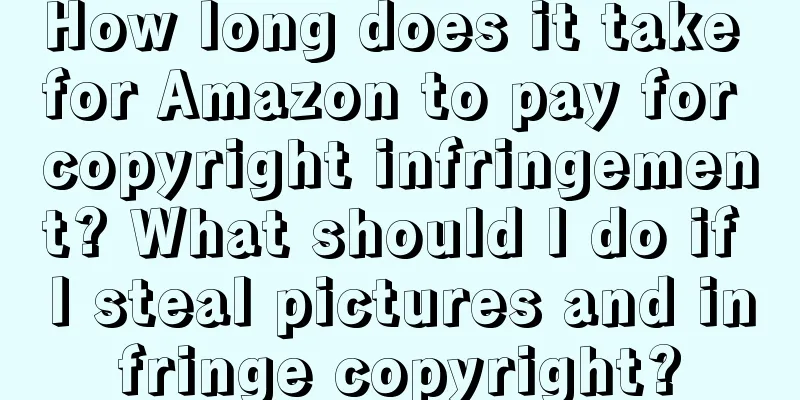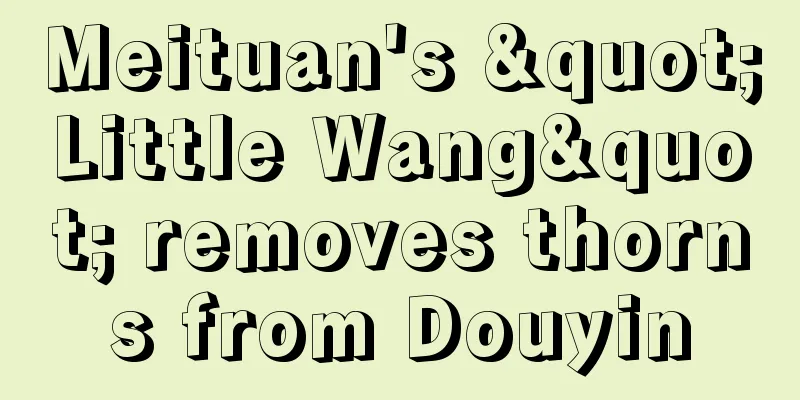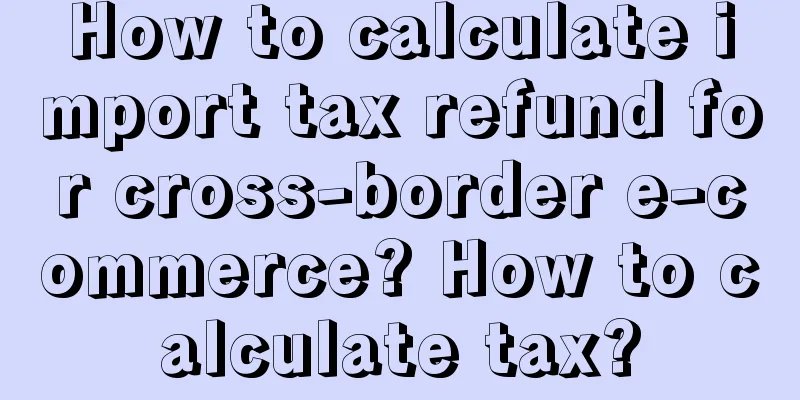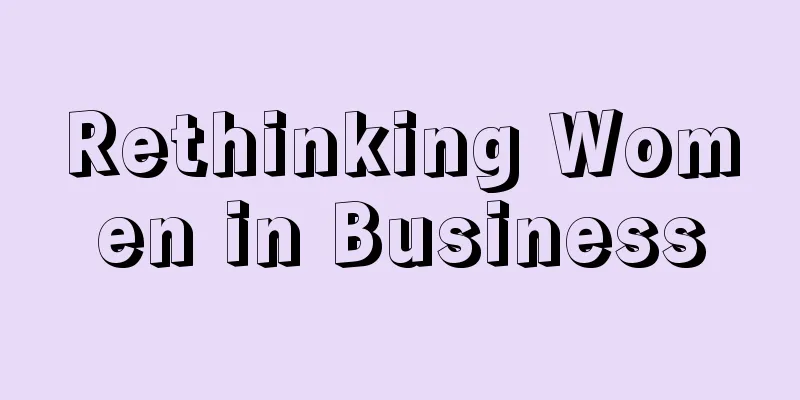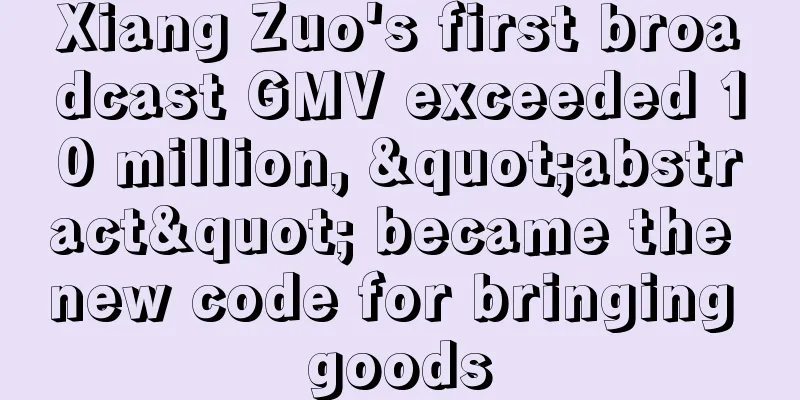Growth Methodology | What is in the underlying framework of fission?

There are many articles and cases about fission. After reading so many, I still don’t know what the framework of the fission system is. I may forget it after reading it quickly. This article attempts to abstract the key elements of the fission system and see what it looks like after removing the makeup. Time is limited, so let’s just talk about the framework. 1. Overall View1. I think the three most important words for growth are: user scale, user value, and cost. The explanations are as follows: (For details, please refer to: What is the overall structural framework of growth) Growth is ultimately for the commercial value of products, so by looking at the factors that determine commercial value, you can understand where the focus of growth lies. Business value = (user scale * average single user value) - total cost Because different products have different business models, and different business models have different definitions of these three indicators. For example, for an e-commerce product, the user scale may be the number of paying users on the site, the single user value may be the average amount of money paid by each paying user on the site, and the cost may be labor cost, traffic delivery material cost, delivery supply cost, etc. Fission itself is just a means of growth. For a product to start fission, the long-term value of the product itself needs to be established. Value is the foundation, and fission is just a means for the product to amplify its value. These three indicators can give us a very clear definition of how much money, how many people, how many resources to invest in this channel, and the ceiling of this channel. Customer acquisition cost: often expressed as CAC, which refers to how much money is needed to acquire a new user. New users: Pay attention to the caliber of measuring this number of users. Are the new users registered, activated, purchased, or paying users? Of course, once the caliber is defined, it also means that the cost of acquiring customers will change accordingly. User quality: Generally measured by user behavior. After the user comes, whether he is activated in the product, whether there are some key behaviors, whether there are any payment-related behaviors, etc. Therefore, through these three indicators, we can basically see whether a channel is good or bad. Therefore, we can measure the growth channel of fission through these three indicators: first, the customer acquisition cost is lower than that of channel delivery, and the user quality is also higher than that of channel delivery (because the essence of fission is word-of-mouth communication, it has the "endorsement" of old users such as sharers), but the user scale is definitely far less than that of channel delivery; Because the user scale is limited, fission is generally not a channel for core contribution. So what is the value of fission? If we consider all customer acquisition channels of a product as a whole, then:
How to understand it: To reduce the customer acquisition cost of a product, you don’t have to stop the delivery channels with high customer acquisition costs. Instead, you can try to find another channel with low customer acquisition cost but high user quality, and let this channel reduce the overall customer acquisition cost. For example, fission channel, of course, the premise is to find such a channel: learn from others’ experience) 2. How to build a fission system2.1 Dissecting fission from the perspective of its pathSince fission is a means of growth and serves growth, let’s break down this problem from the perspective of “starting from the end”: the “end” is how many users a fission can eventually bring to the product. Working backwards, we can analyze the entire fission path using “process thinking”: fission => F (launch UV, sharing rate, new user opening rate, number of new user invitations) As an additional note, if product or operation professionals want to improve their perspective on and analysis of problems, they can try to cultivate "process thinking, refined thinking, closed-loop thinking, and leveraged thinking" when they encounter problems. That is, the final effect of fission is determined by the following factors: "sharing UV, sharing rate, new user opening rate, and number of new user invitations":
Therefore, it is very important to do a good job in the four indicators of fission. 2.2 Fission FrameworkBased on the above analysis, we can further abstract the main factors of the fission system: In general, users do not have the need to share, but operations can be used to motivate users to share. It should be noted here that incentives are only a means to serve fission and cannot solve the essential problem. What is the essential problem? Is the user motivated to share in a certain scenario? If so, then adding an incentive will be icing on the cake. If not, then adding an incentive will not have much effect. So through this, we can abstract the general framework of fission: Key factors:
Auxiliary factors:
This may not be easy to understand, so let me give you an example: For example, if a reading product has a function of sharing books or chapters, if the people who share are company employees, then the scenario is likely to be only during non-working hours, and the motivation for sharing is strongly related to the type of book itself and the type of people in his circle of friends, because this represents his preferences and his current status. He has to consider a lot before sharing, such as whether to let his boss, colleagues, friends, etc. It may be easier to understand if the book is replaced with a course for career advancement. Another example: a programming training course for people with low education, with discounts for sharing, the motivation to share will be very strong, the pressure to share may not be that great, and his circle of friends is likely to have people with similar needs (compared to the previous example). But in the same scenario, if the audience is replaced by working people, the motivation to share will be much weaker. 2.3 Incentives for FissionLet's talk about incentives again. Incentives themselves are only a means. The essence is to look at the long-term value of the product to the user. The carrier of value in the product may be a certain "behavior". The product designs the user path based on the "behavior". After a product's typical user growth path is clear, a complete incentive system can significantly amplify the efficiency of growth through productization. The object of the incentive system is incentives, which are divided into consumable and non-consumable. Consumable incentives have monetary attributes and need to take inflation into account. Non-consumable ones are generally virtual, such as "titles" and "medals". The object of the incentive is the behavior that the product wants users to trigger, which can be divided into one-time, continuous, repetitive, creative, periodic, etc. Different behaviors are suitable for slightly different incentives. For example, repetitive behaviors are not suitable for incentives with strong monetary attributes, otherwise how can costs be controlled? Back to fission, the selection of incentives can be tested by selecting products in the mall (the mall is flexible in configuring incentives).
2.4 Fission Carrier – Design of Sharing TasksAfter the motivation, the next step is to design the sharing task: How to promote user sharing? In order to improve ROI, the design of tasks must be refined. Refinement can be divided into several directions:
The above is about the indicator of promoting user sharing. The second indicator is to promote the user's opening rate. (Personalization, visualization, altruism)
The third indicator is to promote new users to accept sharing.
In addition, fission also needs to have a good anti-cheating strategy and pay attention to users who are taking advantage of the situation, such as quality monitoring of new users, strategies for inviting the same person online on the same day or over a period of time, etc. The system needs to be able to identify users with cheating risks. The above is an analysis of fission from an operational perspective. There is also spontaneous fission by users, which is product-function-oriented: (the product itself will make users actively motivated to share) For example, the common screen-sweeping sharing of NetEase Cloud Music and its year-end listening report will make many people unable to resist sharing. Alipay's "collecting five blessings" (this fission is slowly becoming a Spring Festival element), and the fission methods such as "test" and "game" that often appear in WeChat before, in short, either the fission has social currency attributes for users, or is interesting, or can satisfy their curiosity, etc., which may trigger users' active desire to share. Finally, let me give you another example: the offline scene itself is also a multiplayer scene. For example, if you play mahjong offline, you need four people to play it. If you play mahjong online, you also need four people to play it. Therefore, the replication of offline multiplayer scenes can also be transferred to online. It has social attributes. |
<<: What is the end point of the e-commerce war?
Recommend
A short drama made a city popular. Is it a real trend or a false concept?
Cultural tourism and short plays have been hot tra...
Building a marketing activity system (Part 1): Prize system
The introduction to the marketing activity system ...
Notice of adjustment of free shipping threshold of Shopee Poland site
Shopee recently released a notice on adjusting the...
Big companies are creating a new wave of short dramas
This article mainly tells about how major Chinese ...
Which country is jumia from? What are the steps for refunding?
Although there are many cross-border e-commerce pl...
Who was cured by the boring live broadcast?
Looking back at the live broadcast content ecology...
How to open a store on Amazon and sell abroad? Can Southeast Asian cross-border e-commerce be done?
In the global e-commerce market, Amazon is known a...
Is it too difficult to be an account manager for an international site? Is it easy to be an international site manager?
In fact, the rise of the e-commerce industry has s...
The impact of copywriting: How a tiger smells a rose
How to write a good copy and make it impactful? Yo...
My minimalist information management method
Information needs to be managed because it is high...
How often is Amazon ODR updated? How much can Amazon ODR not exceed?
Amazon ODR must not exceed the standard. If the OD...
How do I cancel a digital credit card? What if I can’t cancel it?
With the rapid development of digital finance, dig...
Five major companies share Spring Festival traffic: Who loses money? Who wins?
As a traffic hotspot, the Spring Festival is a mus...
What is the difference between fob price and ex-factory price? How to convert?
FOB cost is a very common trade term in internatio...
How to buy Amazon gift cards? Step by step guide
Amazon is a relatively standardized platform, whic...
